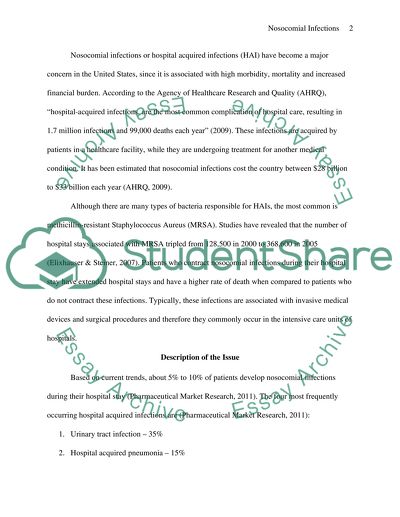Cite this document
(“The Joint Commission Approach to Quality Assurance Research Paper”, n.d.)
Retrieved from https://studentshare.org/health-sciences-medicine/1431672-the-joint-commission-approach-to-quality-assurance
Retrieved from https://studentshare.org/health-sciences-medicine/1431672-the-joint-commission-approach-to-quality-assurance
(The Joint Commission Approach to Quality Assurance Research Paper)
https://studentshare.org/health-sciences-medicine/1431672-the-joint-commission-approach-to-quality-assurance.
https://studentshare.org/health-sciences-medicine/1431672-the-joint-commission-approach-to-quality-assurance.
“The Joint Commission Approach to Quality Assurance Research Paper”, n.d. https://studentshare.org/health-sciences-medicine/1431672-the-joint-commission-approach-to-quality-assurance.


